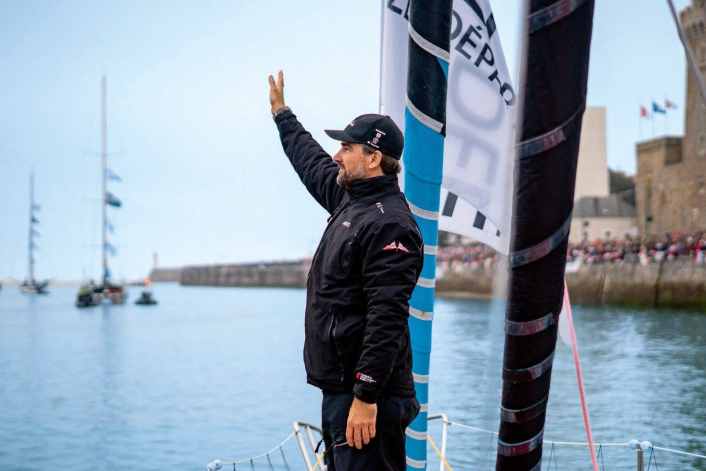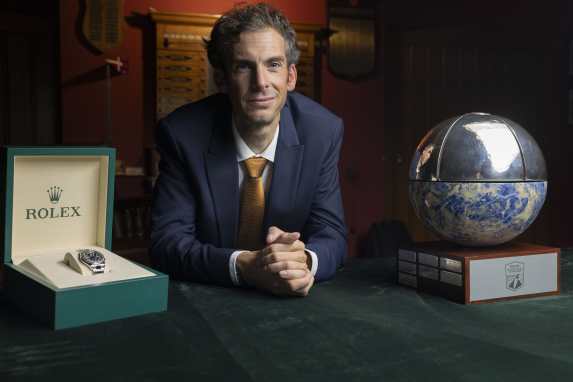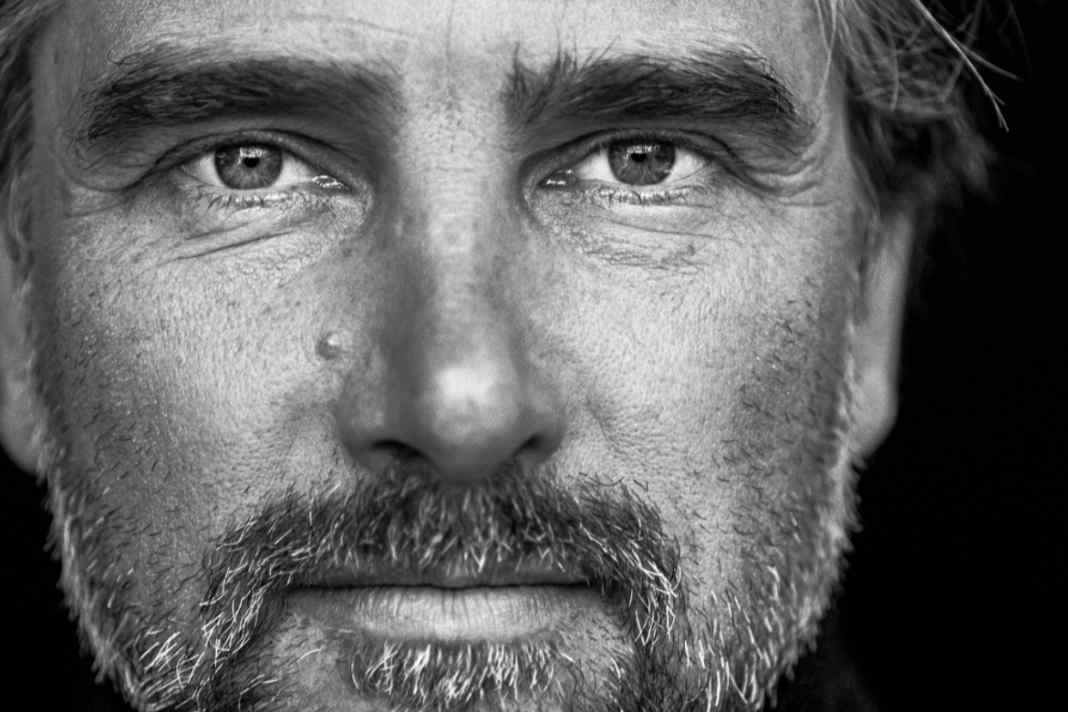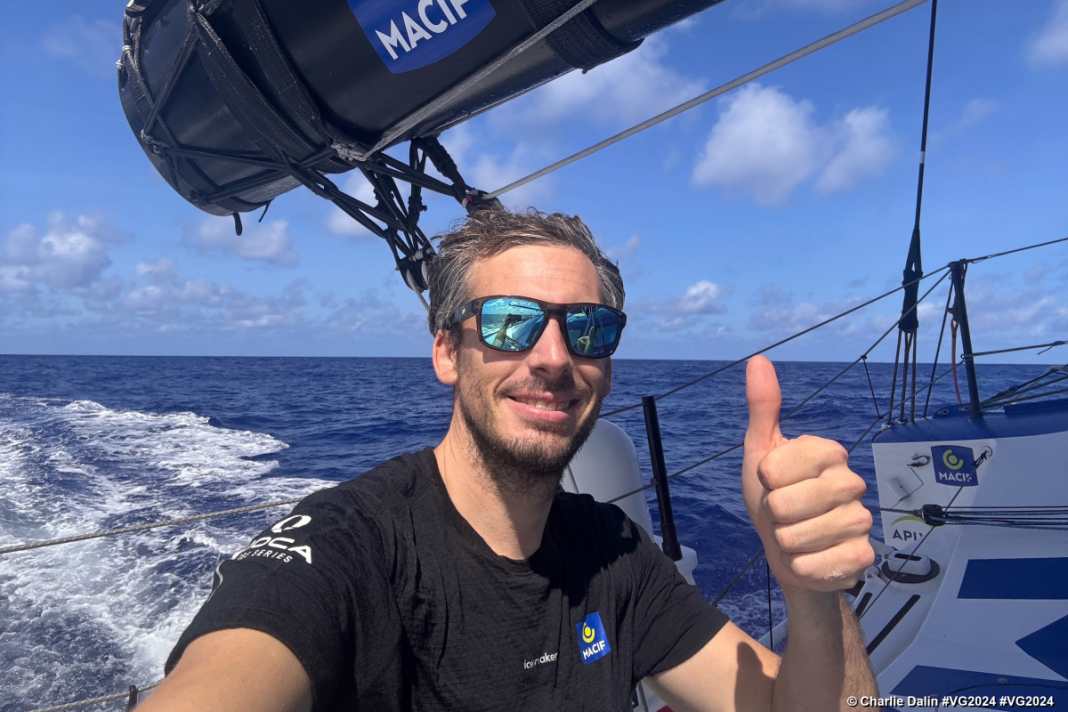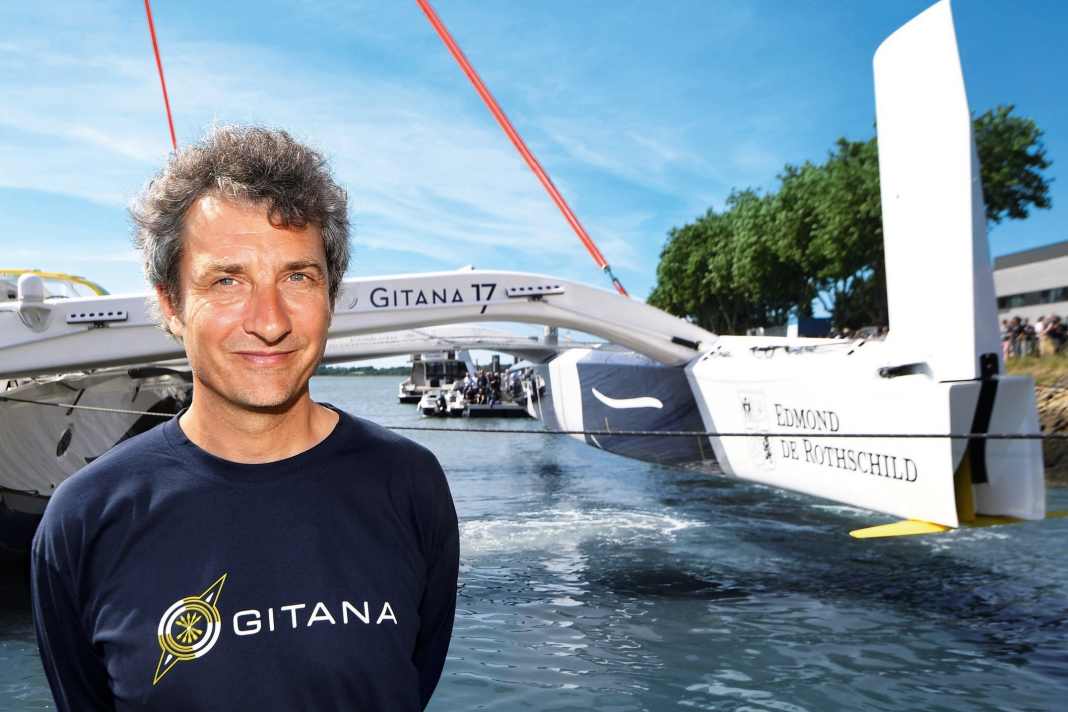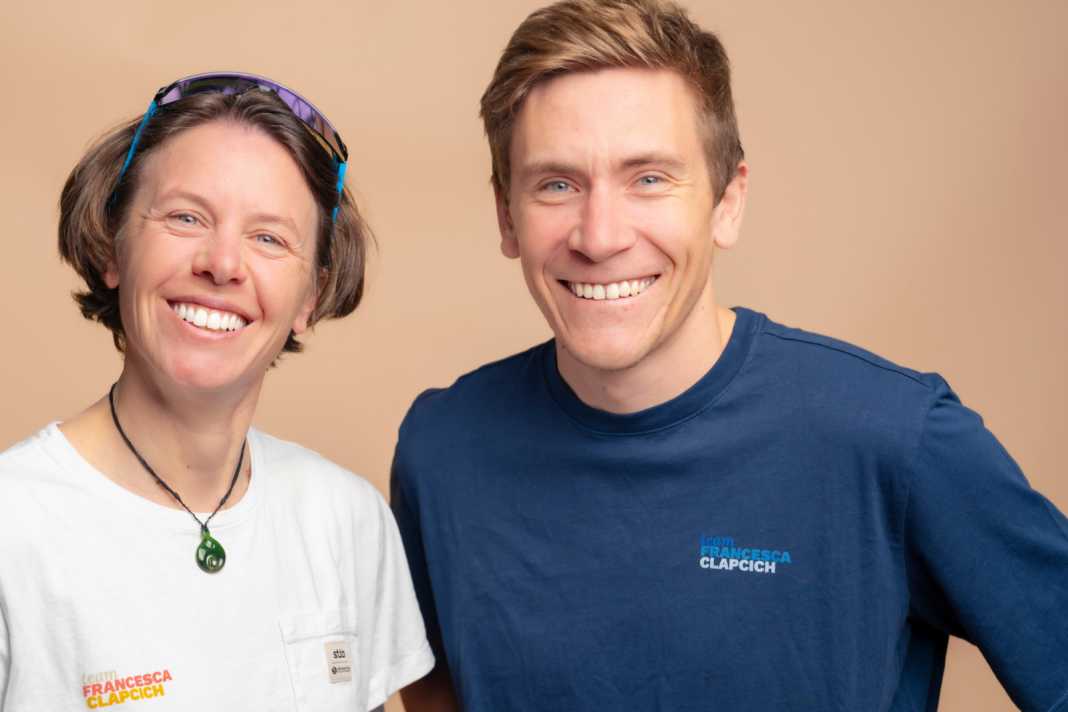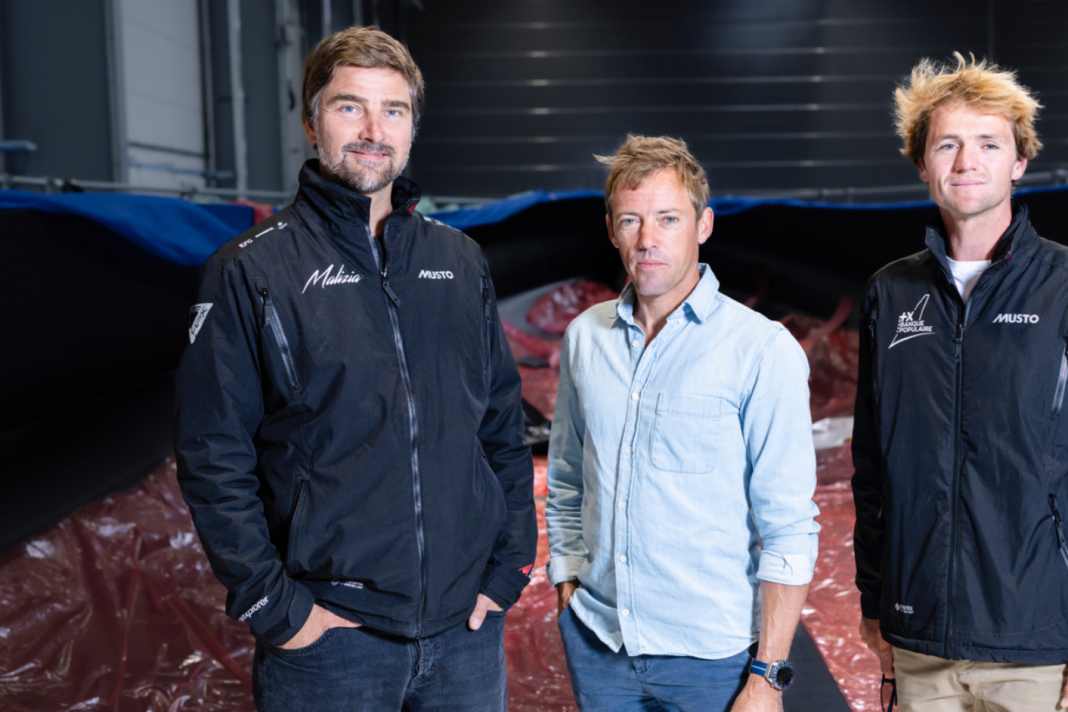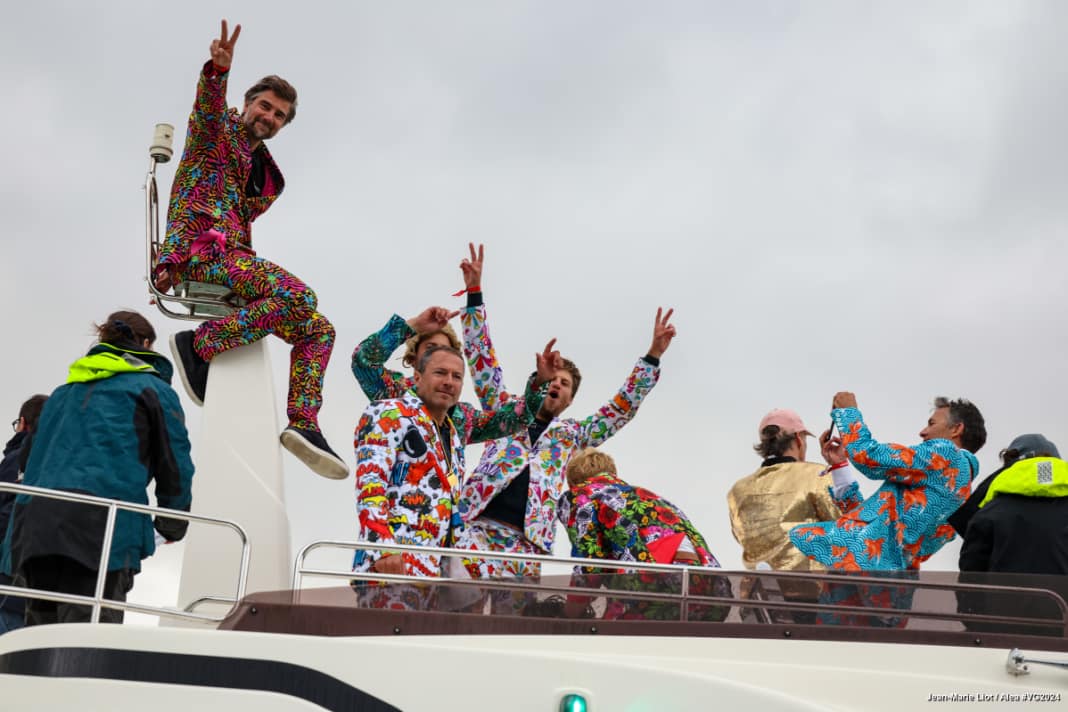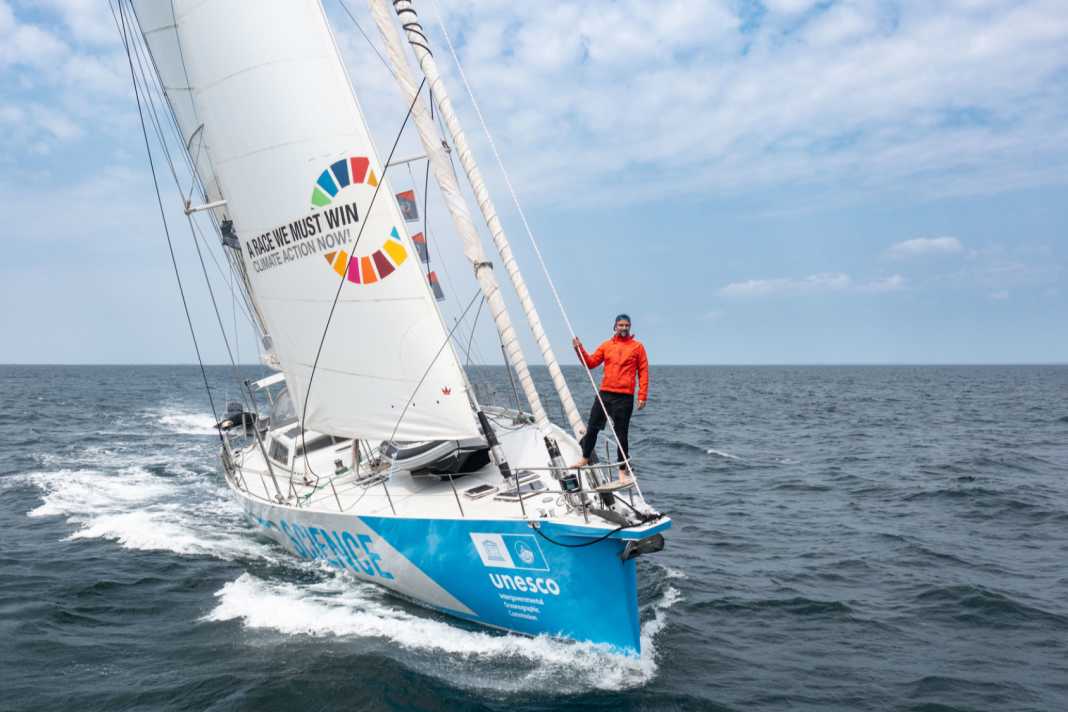Vendée Globe: solo race of records
The tenth edition of the Vendée Globe promises to be very exciting. Never have more participants qualified, never have there been more new builds at the start, never have there been more favourites
On the tenth of November, when the tenth Vendée Globe ten tough weeks begin for fans of ocean racing. Tens of thousands of people will be following the live tracker at night and early in the morning to see which of their favourite skippers are where, who is doing well and who is struggling with storms, calm or technical problems. Sailing single-handed non-stop around the world without outside help - that is still the supreme discipline, the longest, wildest and toughest test that sailing has to offer.
The anniversary edition crowns an exceptional sailing year. After Olympic Games and America's Cup the Vendée will be a media highlight due to its duration and format alone. But there are even more good reasons why it will eclipse everything that has gone before.
The route of the Vendée Globe
The course measures 24,300 nautical miles from Les Sables d'Olonne past the three large capes and back to the coastal town in the department of Vendée, which gave the non-stop regatta its name. Of the 200 participants so far, only 114 have made it to the finish within the classification. The record stands at 74 days; Armel Le Cléac'h set it in 2016/17. Whether it can be broken also depends on the location of the ice edge.
Imoca: About the boats
The Vendée Globe is sailed on sailing boats of the Imoca 60 class. These are a maximum of 18.28 metres (60 feet) long (max. 20.12 metres with bowsprit) and a maximum width of 5.85 metres. The mast may reach up to 29 metres into the sky, the keel a maximum of 4.50 metres into the depth. The ballast, whose minimum and maximum weight is also specified, can be swivelled to the side electro-hydraulically in order to use the weight more effectively. Even the angle is limited: up to 38 degrees to starboard or port, not one degree more.
In addition to the keel, an Imoca may use a maximum of four other appendages under water. In the latest designs, these are two rudders aft and two foils amidships - hydrofoils that lift the boat out of the sea and thus help to reduce water resistance. These have contributed significantly to the enormous performance development of the class in recent years. However, in order to become even faster in the future, foils will also be necessary on the rudder blades, but these are currently not permitted.
The favourites
With forty participants, including six womenthis year's edition of the Vendée Globe is the biggest solo race in Imoca history. Never before have there been more foilers at the start, never before have there been so many new builds and never before have there been so many contenders for victory, including Boris Herrmann, who is competing for the second time and is also counted among the top five in the French offshore scene with his "Malizia-Seaexplorer". Our list of favourites shows just how close the performance level is at the top: Former Vendée winner Yannick Bestaven is only ranked 10th; Louis Burton and Jean Le Cam, who finished second and fourth in 2021, are even further away from the top in terms of their theoretical potential.
History of the Vendée Globe
But this unique regatta was never just about winning. The 35-year history of the Vendée has also always been characterised by adventurers, pioneers, daredevils, wreckers and skippers who have only made it to the starting line off Les Sables d'Olonne by the skin of their teeth, with small budgets, outdated boats and a lot of passion.
Founder Philippe Jeantot created the epic race in 1989, inspired by the Golden Globe Race, but more demanding in terms of both sport and technology. His concept was simple, but proved to be horrendously challenging. Only seven of the "Ocean's 13" in the first edition made it to the finish line. The failure rate of 46 per cent at the time is now lower; most recently it was less than 30 per cent. But even today, finishing alone is an unimaginable achievement.
Vendée Globe: Fan scene
This is also reflected in the public interest. The organisers are expecting more than three million visitors in the days leading up to the start. They will plunge the small coastal town of Les Sables into chaotic traffic, especially as the last Vendée Globe took place under the influence of the coronavirus pandemic. This time, however, no restrictions are expected, which will make the event even more popular.
It was already the talk of the town in 2020, when 95.6 per cent of French people were aware of the Vendée Globe. The start was broadcast live on television across the country and achieved ratings that are usually only achieved by top professional football matches.
Boris Herrmann
In Germany, Boris Herrmann caused a huge surge in popularity at the time. The now 43-year-old shared his courageous ride around the world with his fans more openly, eloquently and visually than anyone else. His night-time collision with a fishing boat the night before he crossed the finish line cost him an otherwise safe podium place, but increased the sympathy all the more. On the screens at home, millions of viewers fevered and suffered along with him. This time he will probably set new viewer records, as ARD is now reporting live from the start. One TV documentary worth watching that traces Boris' journey to the Vendéewill also be broadcast on the first channel.
LIVE ticker and LIVE tracker
Here on yacht.com there will of course once again be detailed background reports, expert interviews and up-to-the-minute race analyses on this last and foreseeably most exciting highlight of an already rich super sailing year. You can be particularly close to the action with our LIVE tickerwhich provides the most important information and news as up-to-date as possible. The positions of the sailors and possible strategic and tactical conclusions can best be determined via the LIVE tracker derive. This is updated every four hours.
